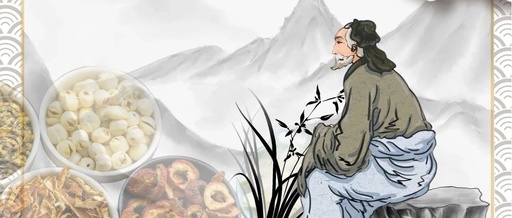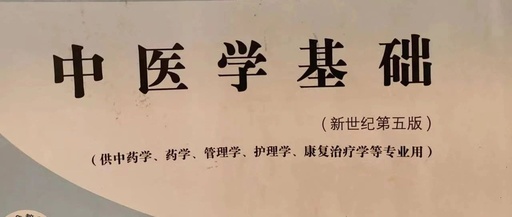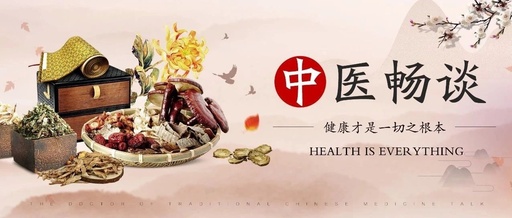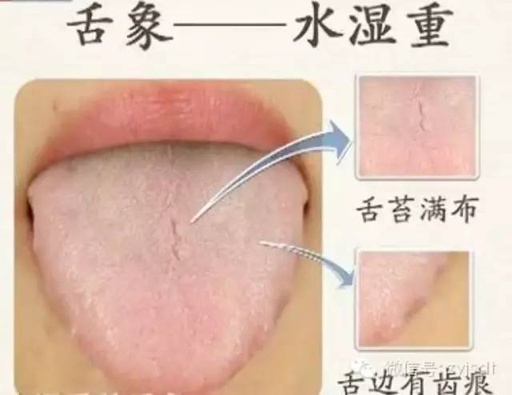Key Points of the Deep Pulse and Its Associated Conditions – Section Seventeen
Key Points of the Deep Pulse and Its Associated Conditions – Section Seventeen ·The deep pulse indicates internal conditions, primarily cold and accumulation. If strong, it suggests phlegm or food; if weak, it indicates qi stagnation. ·Deep and slow indicates deficiency and cold; deep and rapid suggests hidden heat; deep and tight indicates cold pain; … Read more










